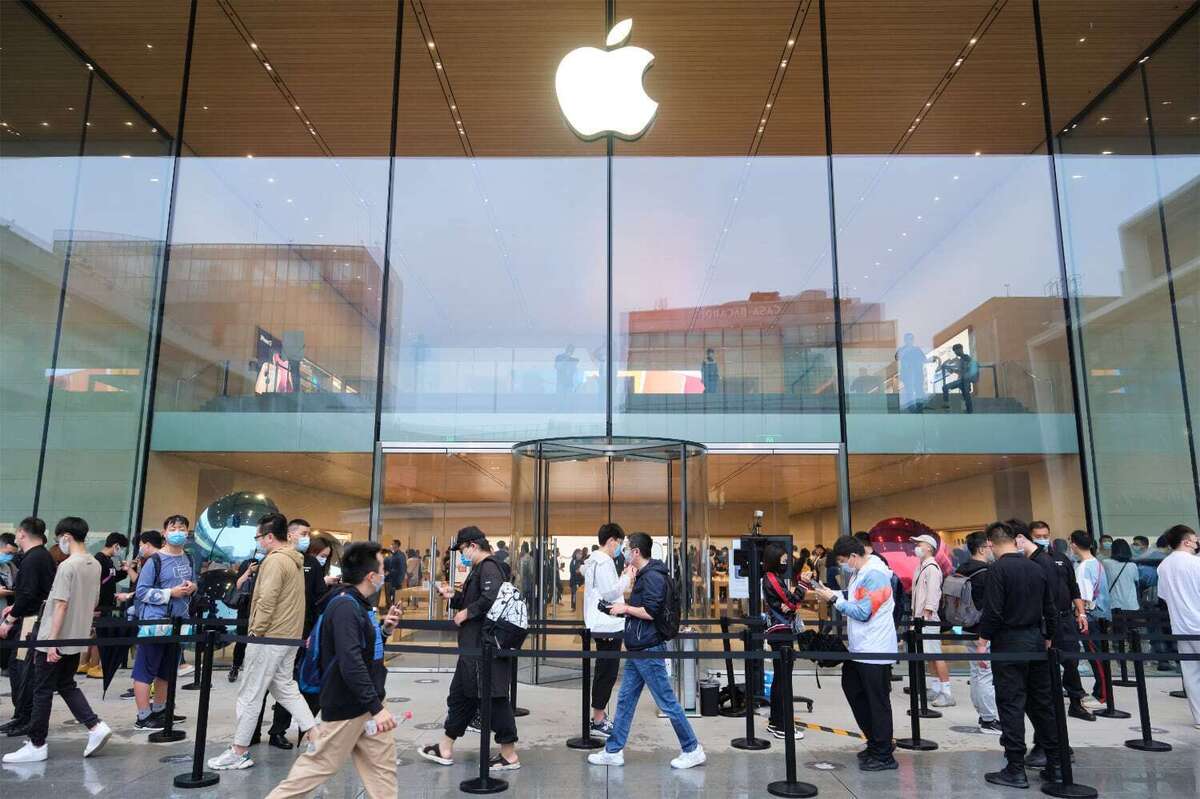Perhaps more than any company, Apple is translating the 5G upgrade cycle into a license to print money. But the truth is that at this stage of deployment, the real significance of faster mobile broadband hasn’t really been felt yet.
Apple takes the largest slice of the 5G cake
Device deployment, at least, appears to be accelerating. Counterpoint claims sales of 5G-capable smartphones exceeded those of 4G devices for the first time in January 2022, reaching 51%. At the same time, recent data from Gartner and Canalys confirms Apple’s devices accounted for a huge chunk of smartphone sales in the same period.
That means Apple is driving 5G adoption. As Gartner said, “Strong demand for iPhones was driven by 5G upgrades.”
Morgan Stanley notes Apple’s iPhone installed base has now reached around 1.1 billion users. Apple is now expected to sell 30 million 5G-capable iPhone SE devices in 2022 along with continued sales across its 5G iPhone 13 range.
Yet, to a significant extent, many people purchasing a 5G iPhone are still actually only able to use 4G service. Data shows that while 62% of people in the U.S. have 5G compatible phones, just 49.2% of them make regular use of their 5G connection.
Millions still think they are using 5G, even when they’re not.
Network provision now lags device proliferation
You see, while more than 400,000 compatible towers are now in place, just 230 million people have access to these networks, Whistle Out claims. It predicts 1.08 billion people worldwide will have access to a 5G-capable smartphone by the end of 2022.
They just won’t necessarily have access to a network. This exposes the reality of 5G deployments at this stage of the hype-cycle. It’s not a universal scenario. Those areas in which deployment is most advanced (such as China) are seeing serious use.
From the carrier perspective, it makes sense to prioritize deployment into geographies, such as business hubs, where 5G may make the most difference. For vendors, getting in early on the 5G gravy train makes a lot of sense.
Apple took 44% of the value of the entire $448 billion global smartphone market as a result of its debut, for example. The next four biggest vendors took about 41% between them.
ABI estimates 580.3 million 5G smartphones shipped in 2021.
Of course, as an increasing number of 5G devices reach people’s hands, carriers will accelerate network provision. They know that once 10% or so of users are on 5G, they can begin to anticipate profitability from their network investment.
Building in the upgrade opportunity
Even at this early stage of adoption, we can see looming hardware upgrade opportunities.
Nations that don’t yet support mmWave (the fastest form of 5G) will likely see vendors press forward with compatible 5G handsets once they do. (ABI reckons just 81.25 million of the 5G smartphones sold last year were enabled with mmWave.)
It seems probable that Apple is already looking to nurture its own upgrade cycle. We think Apple is developing its own 5G radios for future devices and the company also seems fully invested in research and development around the next fast mobile standard, 6G.
What’s really happening is an investment. Apple and all the smartphone vendors are investing in a 5G broadband future. The bet is that as support for the standard proliferates, carriers and smartphone makers will be in position to exploit other big enterprise/consumer technology transformations taking place.
The connected everything
That’s not just about remote and hybrid work, of course — it extends to Industry 4.0 and smart manufacturing, fully automated logistics, warehousing and distribution chains, autonomous vehicles and all manner of additional intelligent machines, the evolution of private enterprise networks, and more.
The money to be made in those deployments utterly dwarfs music streaming services. For example: while Goldman Sachs thinks streaming revenues will reach $142 billion by 2030, spending on smart manufacturing alone is expected to hit $950 billion by then.
Mobile connectivity — and the fast 5G broadband infrastructure consumers are buying into today — will be essential underpinning to all this digital transformation. And Apple’s strategic decision to make peace with others to get into the cusp of the transition will return big dividends, even as it builds unique services and technologies to further capitalize upon it.
Please follow me on Twitter, or join me in the AppleHolic’s bar & grill and Apple Discussions groups on MeWe.






